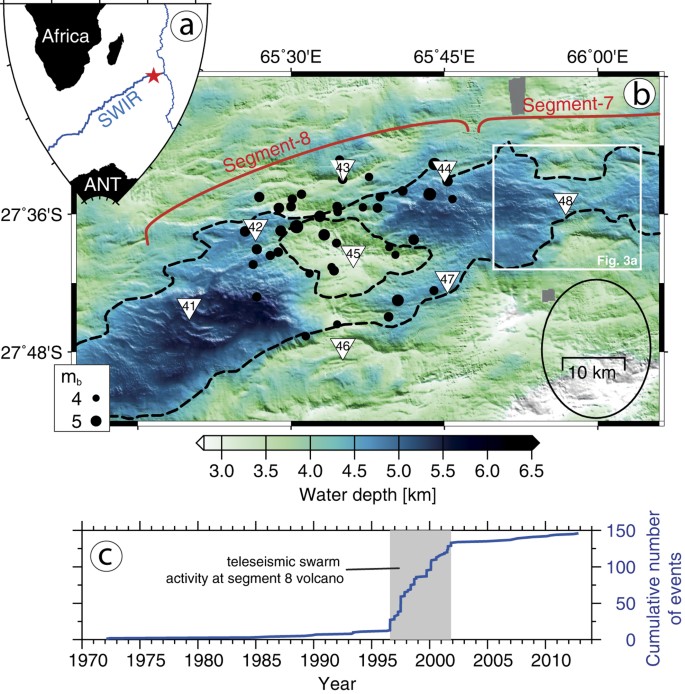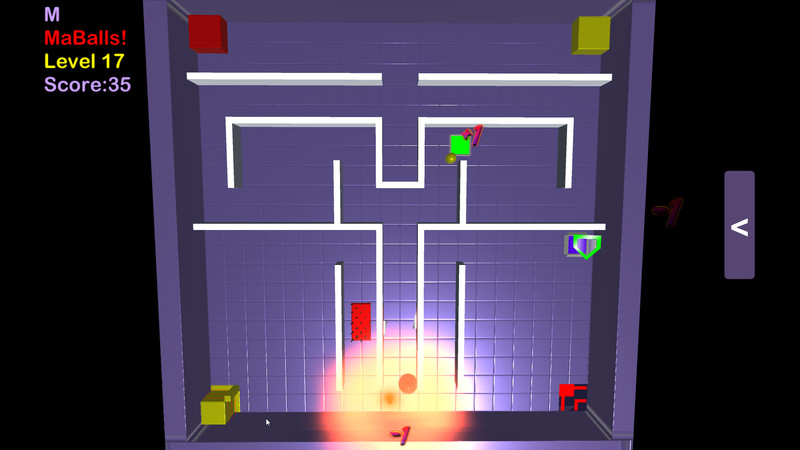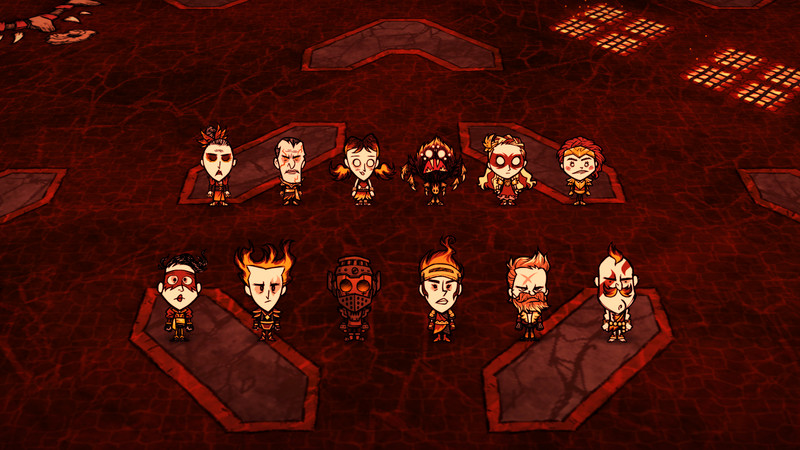Bundle info-55%. Content For This Game Browse all. $9.99 Don't Starve Together: Wurt Deluxe Chest $9.99 Don't Starve Together: Hallowed Nights Survivors Chest, Part II $9.99 Don't Starve Together: Hallowed Nights Survivors Chest. WineBottler packages Windows-based programs snugly into OS X app-bundles. No need to install emulators or operating systems - WineBottler uses the great open-source tool Wine to run the binaries on your Mac.
- Magmatic Bundle Crack Tool
- Magmatic Bundle Crack Key
- Magmatic Bundle Crack Game
- Magmatic Bundle Crack Software
Cave minerals are secondary minerals formed inside a cave resulting from one or several of the following processes: reprecipitation of the bedrock , supersaturation of solutions, dehydration, biogenic processes (or human activity), hydrothermal processes , hypergenic processes (weathering or metasomatoze), reaction of karst solutions with minerals of non-karstic bedrock, or by eruptive processes (fumarolic or magmatic) due to crystallization of volcanic gases or their reactions with minerals or solutions.
Magmatic Bundle Crack Tool



Most speleothems (dripstones, including stalagmites and stalactites ) are formed by hydrocarbonate reprecipitation of carbonate bedrock. Groundwater saturated with carbonate dioxide dissolves calcium carbonate (CaCO3 from the bedrock and reprecipitates it inside the cave when carbonate dioxide volatilizes. Most caves are developed in limestone or marble , so CaCO3 forms most speleothems. Ninety-five percent of all speleothems are formed by calcite, 2–3% by aragonite (the second polymorphic form of CaCO3) and less than 2% are formed by the rest of about 250 cave minerals, most frequently gypsum (as some caves are developed in gypsum bedrock).
More than 250 different cave minerals have been identified so far. Many are found only in caves, and some are found only in one cave in the world.
Air temperature and humidity are exceptionally stable in deep parts of caves. This allows preservation of highly unstable minerals and speleothems, which tend to transform and disintegrate within months if taken out of the cave. Such minerals are crystallohydrates with high numbers of water molecules. These minerals dehydrate at room air temperature and humidity, and their mineral aggregates disintegrate to powder.
Speleothems are the form of appearance (aggregates) of secondary cave minerals. Aggregates of primary minerals or detrital materials in caves are not speleothems. Most commonly, speleothems grow from the dripping of flowing water. Stalagmites and stalactites are formed by dripping water. Flowstones are smooth and sheet-like speleothems, which form from films of flowing water. Crystal orientation inside flowstones is perpendicular to the surface, and usually has distinctive layers. Shields are oval speleothems consisting of two parallel spherical plates separated by a medial planar crack and are formed by water seeping thought the medial crack. Cave pearls are small spheroidal solid polycrystalline speleothems. Sometimes they are polished by rotation due to dripping of water producing turbulent flows in small pools. Thus, they rotate and polish pearls in the pool. Cave pearls resemble real pearls from the sea, but are usually composed of calcite. They become fractured quickly if removed from the cave.
A variety of speleothems grow from cave pools and lakes . Rimstones are deposits that form around the bottom and walls of a cave pool. Rimstone dams (gours) are secondarily deposited barriers obstructing flowing of a cave stream or pool. Shelfstones are flat-ledge or shelf-like deposits around the edges of a cave pool or a speleothem submerged in it. Cave rafts are thin layers of crystalline material that float on the surface of a cave pool. Cave bubbles are crystalline material deposited on the surface of a gas bubble in a cave pool.
Magmatic Bundle Crack Key

Bubbles are hollow, with diameters less than 1 cm and have wall thickness of less than 0.2 mm.

Spar is formed by high amounts of water at stable temperature, humidity, and evaporation rate. Spar is a speleothem consisting of translucent crystals with a vitreous luster, and may be formed by hydrothermal, epithermal or infiltration waters.
Thin films of water form typically form coralloides and anthodites. Coralloides (corallites) are the most common type of speleothem after stalactites, stalagmites, and flowstone. They are nodular, globular or coral-like in shape. Anthodites are speleothems composed of radiating, spiky, quill-like crystal clusters. Frostwork anthodites consist of needle-like crystals. They grow from capillary water moving over the surface of the crystals. Sometimes anthodites are tubular, but never frostwork. Christmas trees are deposits of frostwork over stalagmites.
Helictites are twisted and worm-like speleothems growing via a tiny (0.008–0.5 mm) capillary canal in their center. Helictites twist in any direction, independently of gravity . Many helictites resemble a living species. Usually, helictites composed of calcite are transparent, while those of aragonite are composed of bunches of fine crystals, and are opaque.
Cave hair (angel hair) is fibrous speleothem composed of single crystal fibers resembling thin strands of hair. It is formed by gypsum or by highly soluble sulfate or nitrate minerals. Cave hair are very fast growing, but highly unstable (seasonal speleothems), and can be dissolved by increasing of the air humidity or by a heavy rain. Cave flowers are speleothems with crystal petals that curve radially outwards from a common center. They consist of an aggregate of branching and curving bundles of parallel crystals loosely packed together. Cave flowers are usually formed by gypsum.
All such fibrous speleothems grow from their base extruding crystals through the pores of the bedrock or clay substrate.
Magmatic Bundle Crack Game
Moonmilk is an aggregate of microcrystalline cave minerals precipitated quickly under highly metastable conditions. Moonmilk resembles cream cheese when wet, but is crumbly and powdery like chalk when dry. Cave balloons are pearly, thin-walled, free-hanging speleothems associated with moon-milk substrate resembling a small, inflated balloon. Usually, they are composed wholly or partly of hydromagnesite.
One-hundred and two cave minerals are known to form coatings and crusts, 57 form stalactites and stalagmites , 23 form moonmilk, 15 form anthodites, 14 form helictites, 12 form Angel hair, 7 form coralloides and pearls, and 6 form cave balloons.
Magmatic Bundle Crack Software
Cave minerals and speleothems are so unique in appearance that they are considered natural heritage objects, and laws in most countries prohibit their collection, mining and selling.
See also Stalactites and stalagmites
